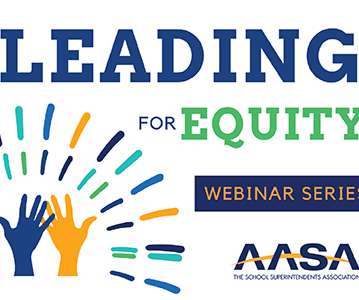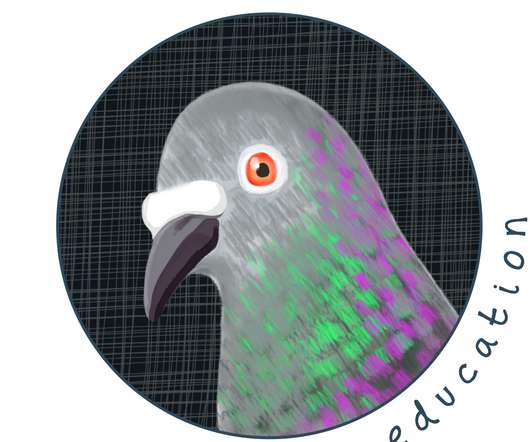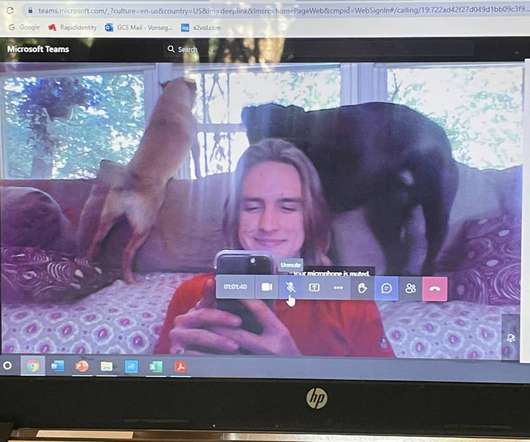How one district went all-in on a tutoring program to catch kids up
The Hechinger Report
JULY 13, 2021
And Shayla Savage, a middle school principal, said that when her students returned to in-person learning this spring, she noticed differences beyond just their math and reading progress compared to previous years. “We Even with the physical aspect of school, the learning loss is real all across the board.”.



















Let's personalize your content